How Ancient Ocean Warming Boosted Shark Evolution
About 93 million years ago, a dramatic spike in ocean temperatures helped sharks evolve from bottom-dwellers into formidable predators. This change was triggered by volcanic activity that released vast amounts of carbon dioxide, creating a greenhouse effect.
As a result, some shark species developed longer pectoral fins, allowing them to move more efficiently and adapt to new habitats.
Volcanic Activity and Carbon Dioxide
The Cretaceous period saw massive volcanic eruptions that significantly increased carbon dioxide levels. This surge in greenhouse gases raised ocean temperatures, creating conditions that spurred evolutionary changes in marine life.
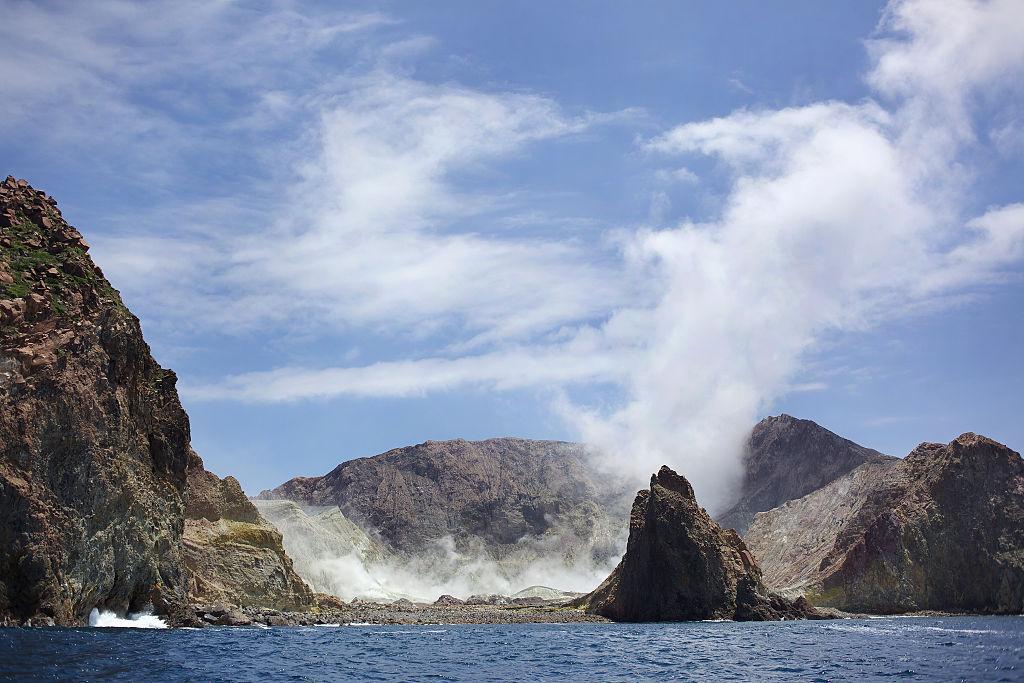
Source: Tim Clayton/Corbis/Getty Images
The warmer waters forced some shark species to adapt, leading to noticeable changes in their physical characteristics.
Studying Fossil Records
A recent study analyzed over 500 fossilized shark species to track changes in their body length and fin structures. The data revealed that sharks’ pectoral fins changed shape over time, correlating with shifts in their habitats.
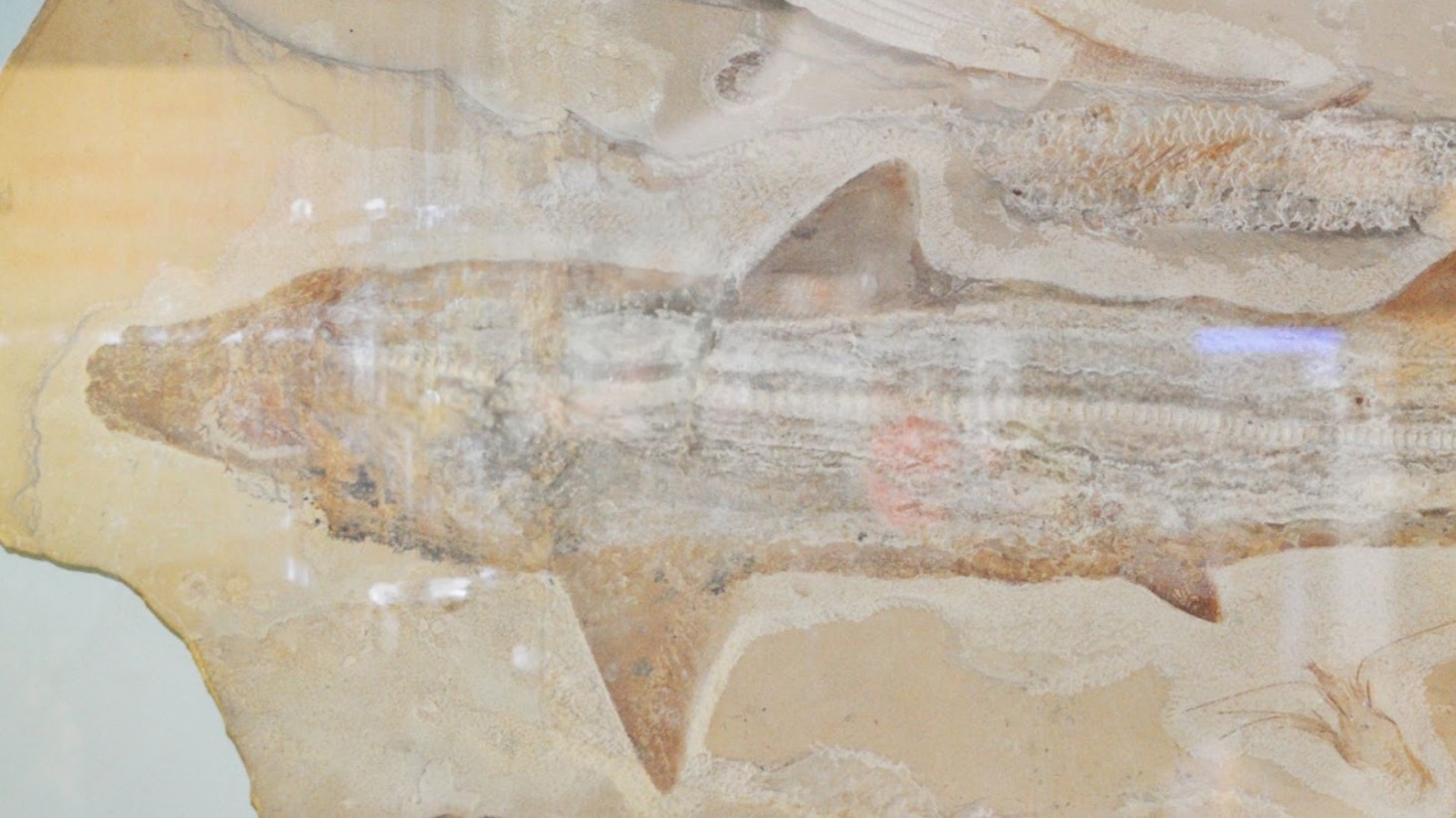
Source: Wikimedia Commons
This finding highlights the impact of environmental changes on shark evolution during the Cretaceous period.
Evolution of Shark Fins
Researchers observed that as ocean temperatures rose, some sharks evolved elongated pectoral fins. These fins, similar to the wings of an airplane, reduced the energy needed for swimming.
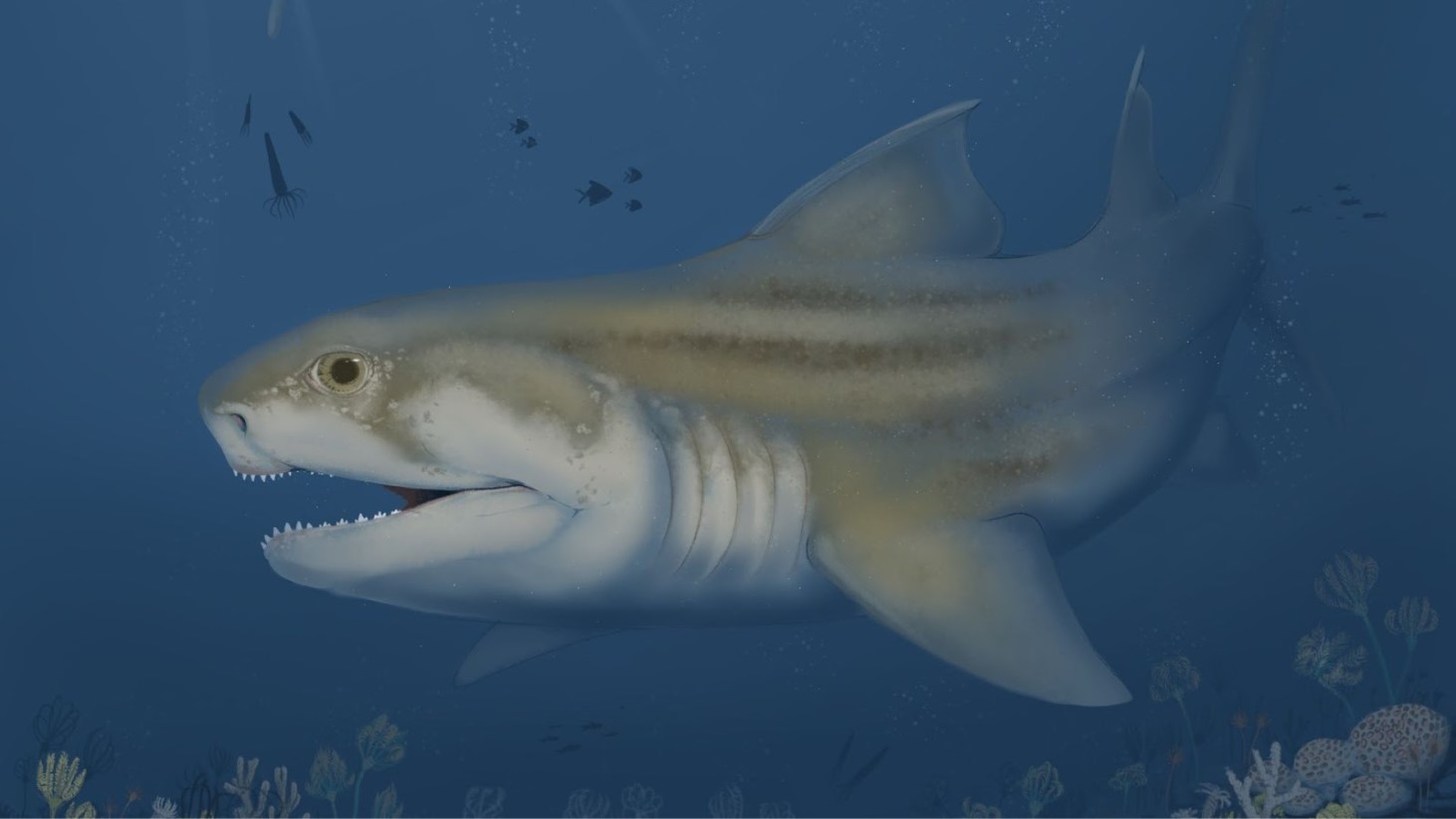
Source: Benji Paynose/NPS
This adaptation allowed sharks to become faster and more efficient hunters, expanding their habitat from the ocean floor to open waters.
Cretoxyrhina Mantelli
Earlier research in 2018 discovered that the Cretaceous shark Cretoxyrhina mantelli was large enough to prey on pterosaurs. Fossil evidence shows that these sharks were significant predators in their environment.
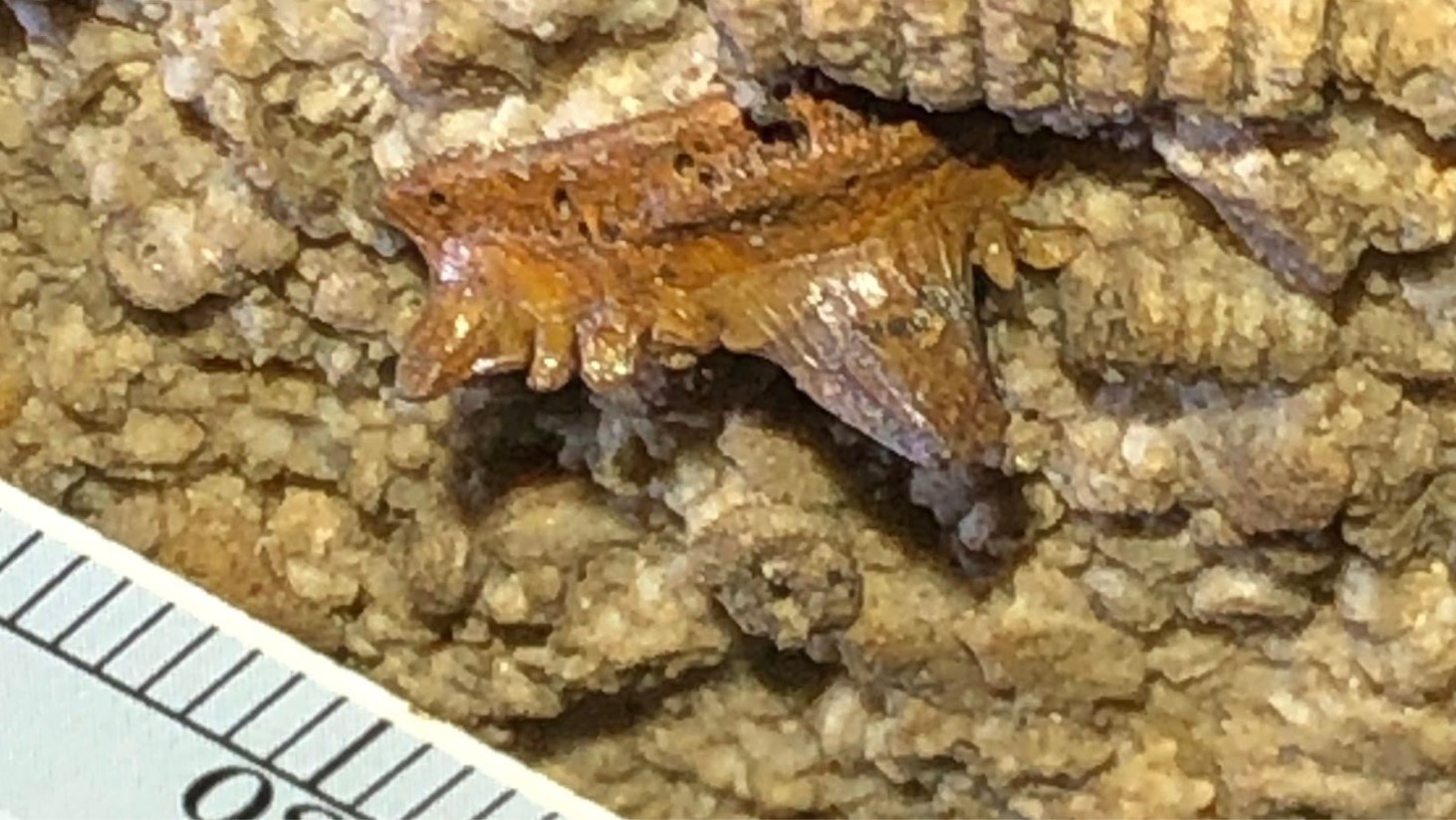
Source: J.P. Hodnett/NPS
This discovery supports the idea that ancient ocean warming played a role in the evolution of larger, more powerful shark species.
Adaptations for Survival
The longer pectoral fins developed by some shark species helped them move more efficiently in warmer waters.
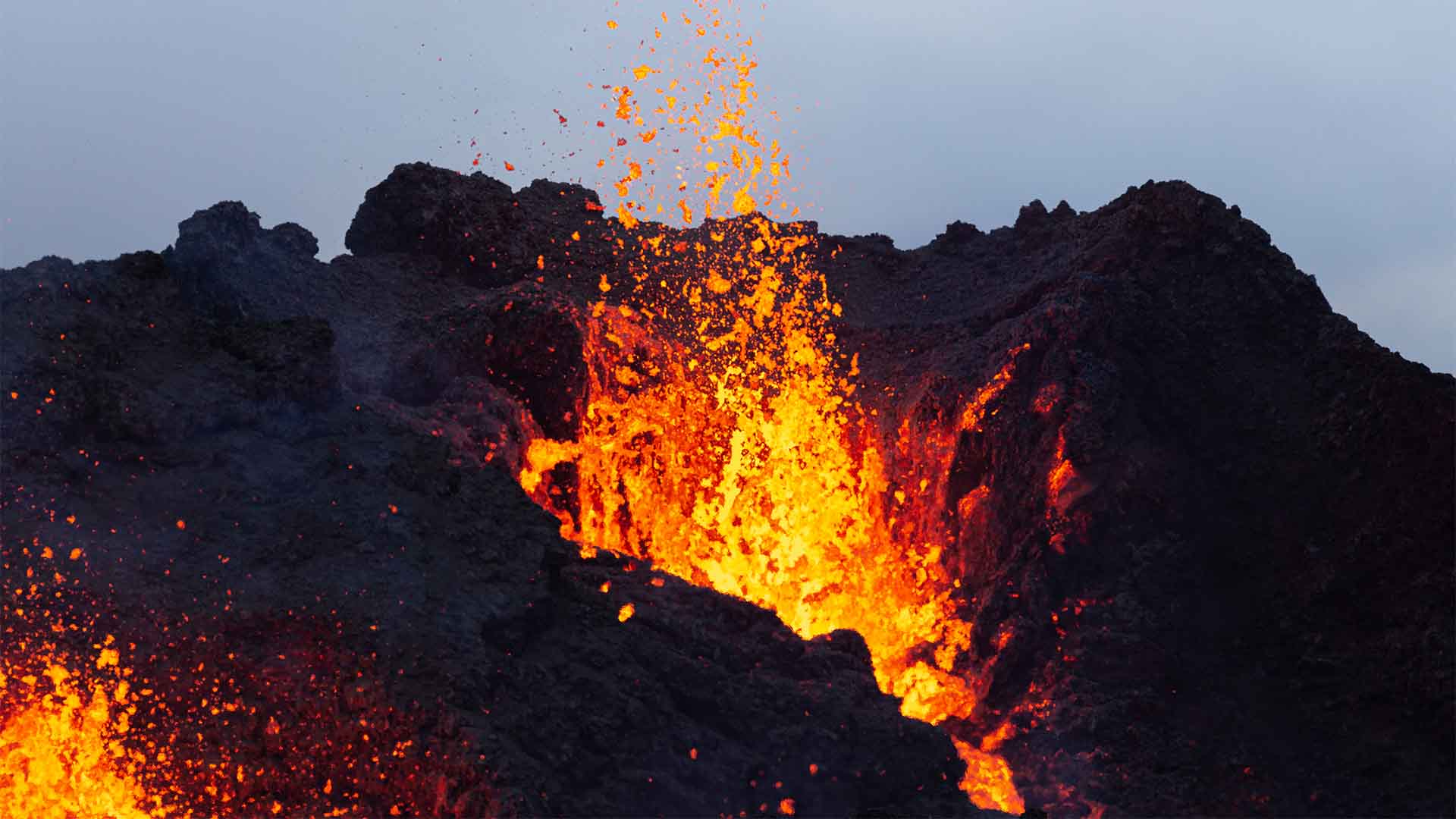
Source: Sophia Groves/Getty Images
According to study co-author Phillip Sternes, these fins are comparable to human arms in their importance. The adaptation allowed sharks to expand their habitats and become more effective predators.
Impact of Temperature on Shark Muscles
Shark muscle is highly sensitive to temperature changes. Study co-author Tim Higham noted that higher temperatures affected tail movement and swimming speeds.
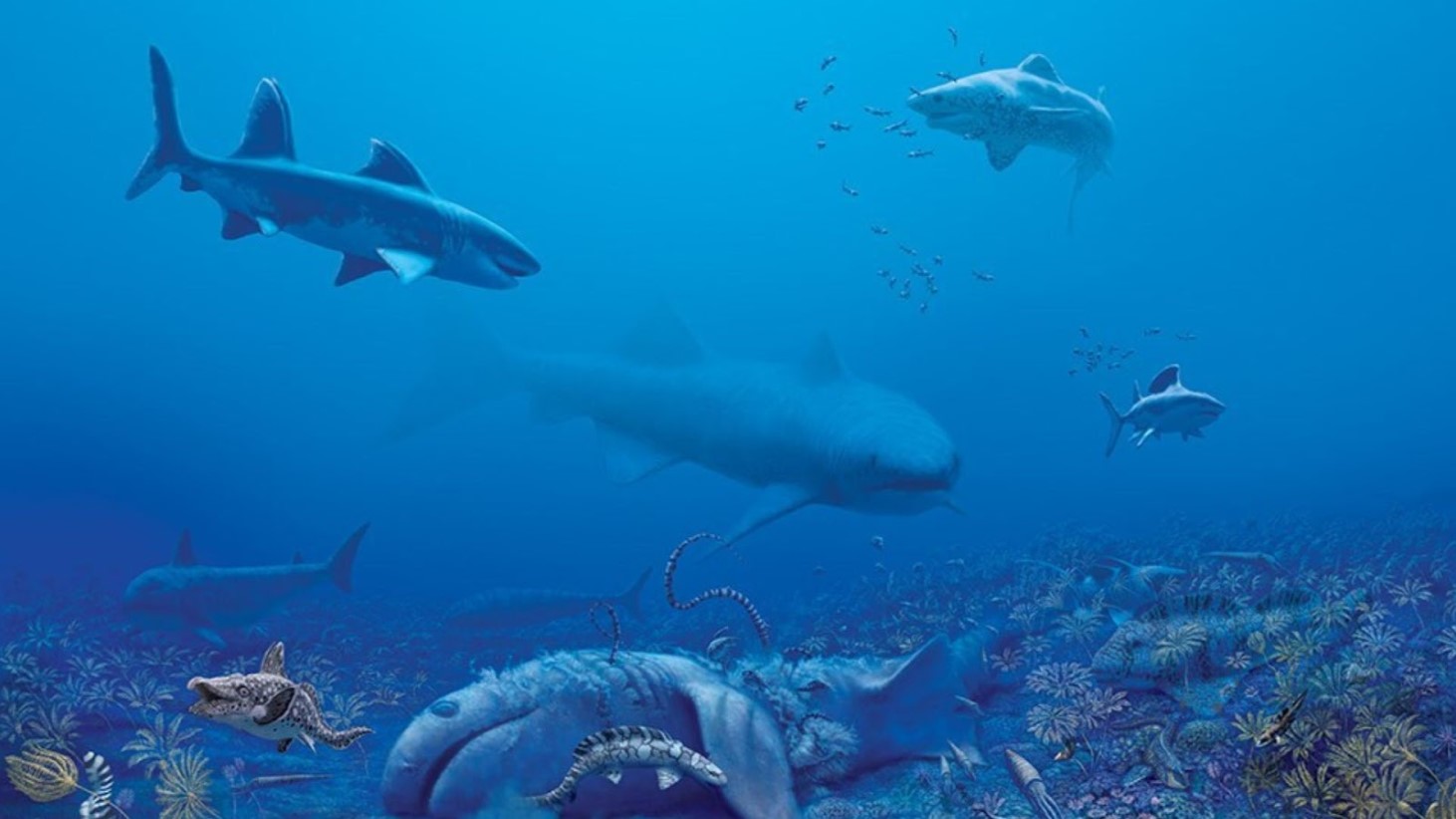
Source: Julius Csotonyi/NPS
The data suggests that sharks in warmer waters became faster swimmers, enhancing their hunting capabilities and survival chances.
Benthic vs. Open-Water Sharks
Today, most shark species are bottom dwellers living in the benthic zone near the ocean floor. These sharks, such as leopard and reef sharks, are typically slender and medium-sized.
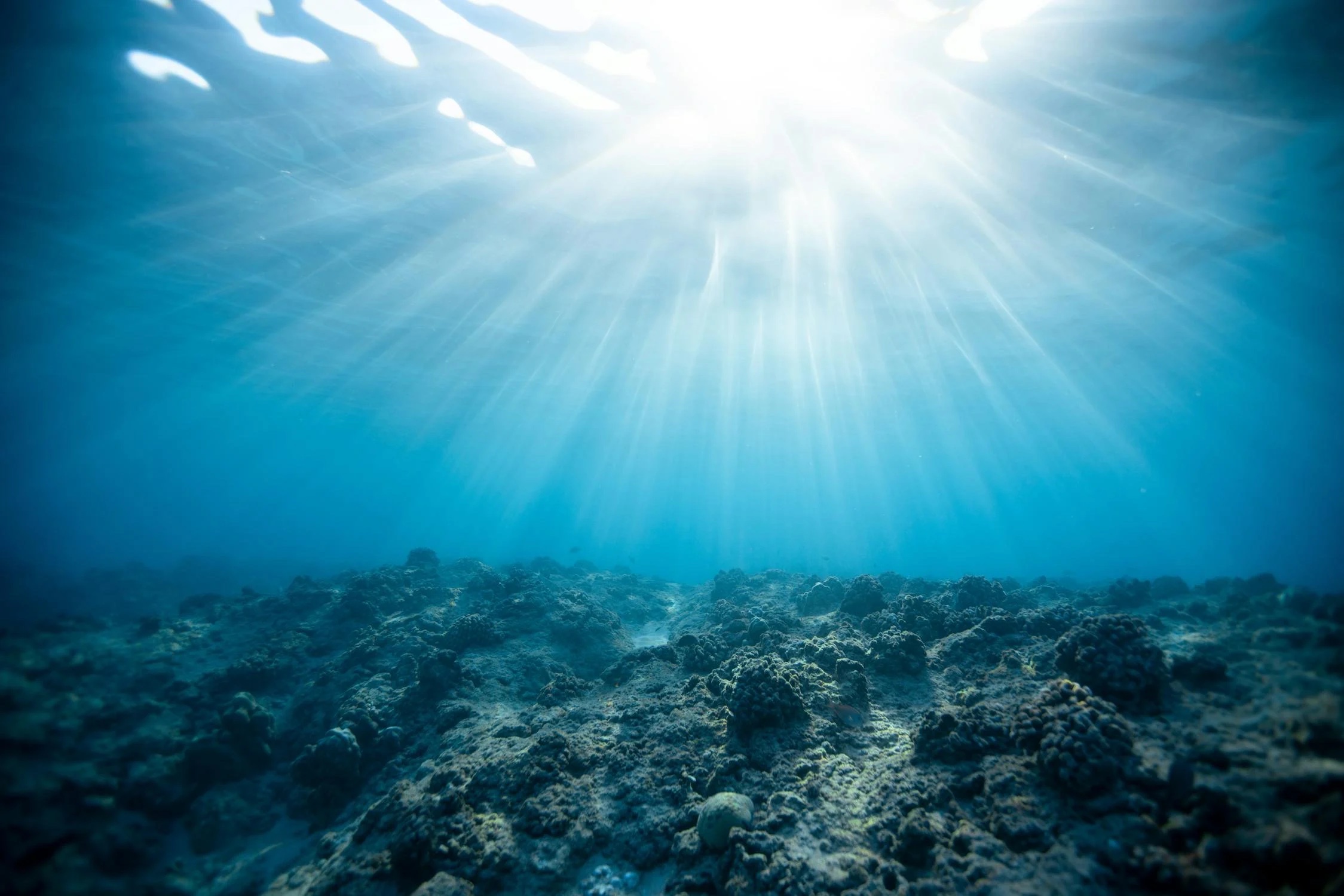
Source: Jeremy Bishop/Pexels
Only about 13 percent of modern sharks are fast-swimming open-water predators like great whites, which evolved different adaptations to thrive in their environments.
Ancient vs. Modern Ocean Temperatures
During the Cretaceous period, sea surface temperatures averaged around 83 degrees Fahrenheit, compared to today’s 68 degrees. This significant temperature difference highlights the challenging conditions ancient sharks faced.

Source: Andrzej Kryszpiniuk/Unsplash
The warming caused by volcanic activity likely led to a drop in oxygen levels, forcing bottom-dwelling sharks to evolve new traits to survive.
Slow and Steady Evolution
The increase in ocean temperatures during the Cretaceous period occurred over millions of years, giving sharks time to adapt.
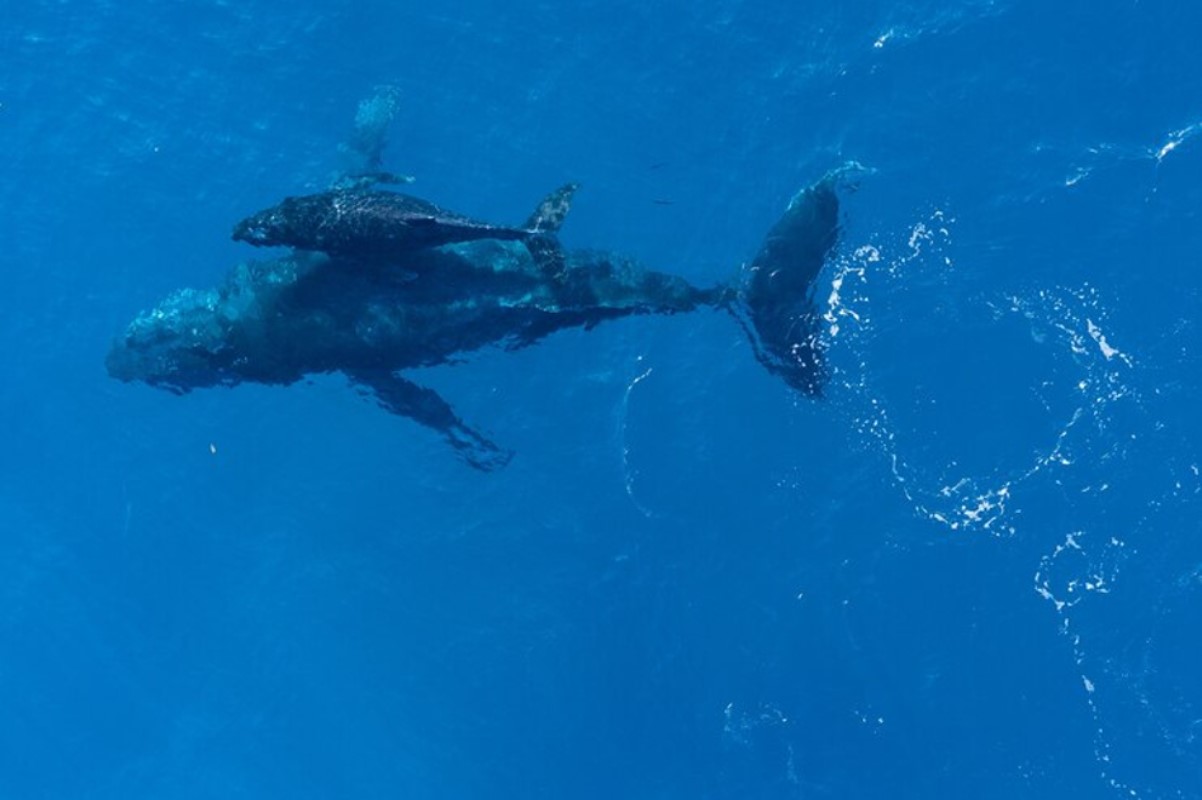
Source: Freepik
This gradual change contrasts with the rapid rate of current global warming, raising concerns about the ability of modern sharks to cope with such swiftly changing conditions.
Modern Sharks and Climate Change
Some shark species, like tiger and bull sharks, are already swimming farther north in response to rising temperatures.

Source: Freepik
However, it remains uncertain whether threatened shark populations can adapt quickly enough to survive the ongoing climate crisis.
Lessons from the Past
Understanding how ancient ocean warming influenced shark evolution provides valuable insights into the potential impacts of current climate change. As study co-author Phillip Sternes stated, the rapid pace of today’s temperature increases presents unprecedented challenges.
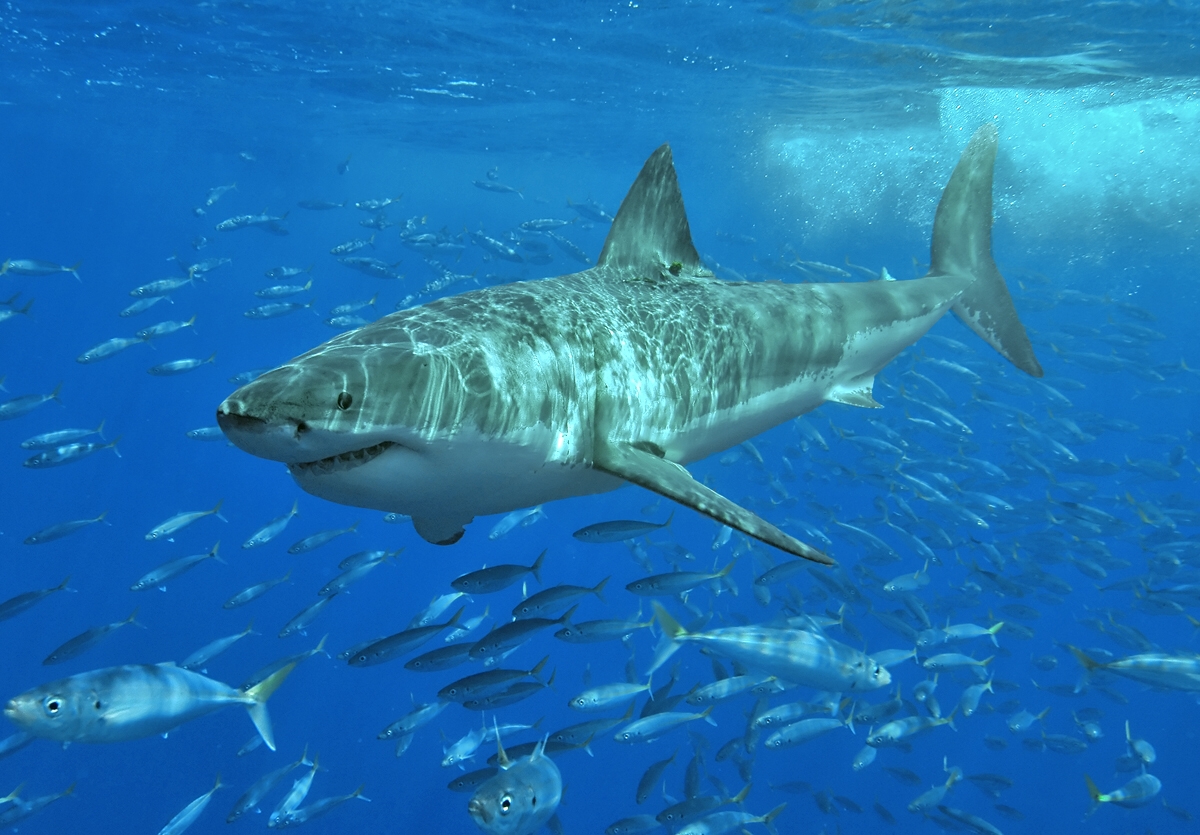
Source: Wikimedia
Continued research is essential to predict and, ultimately, reduce the effects of global warming on marine ecosystems.
